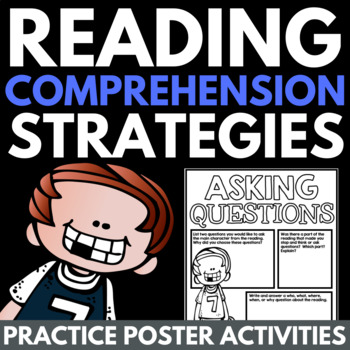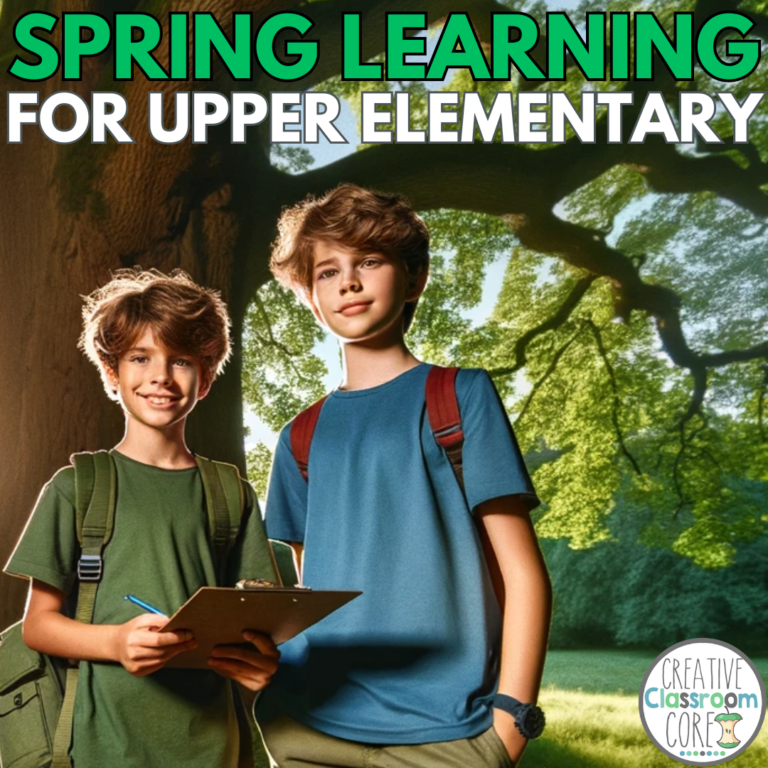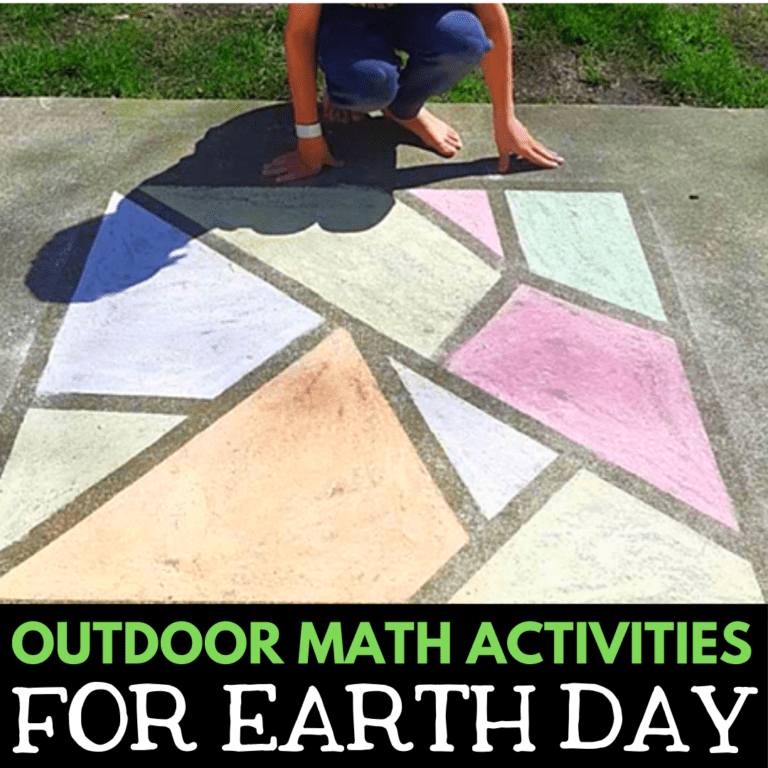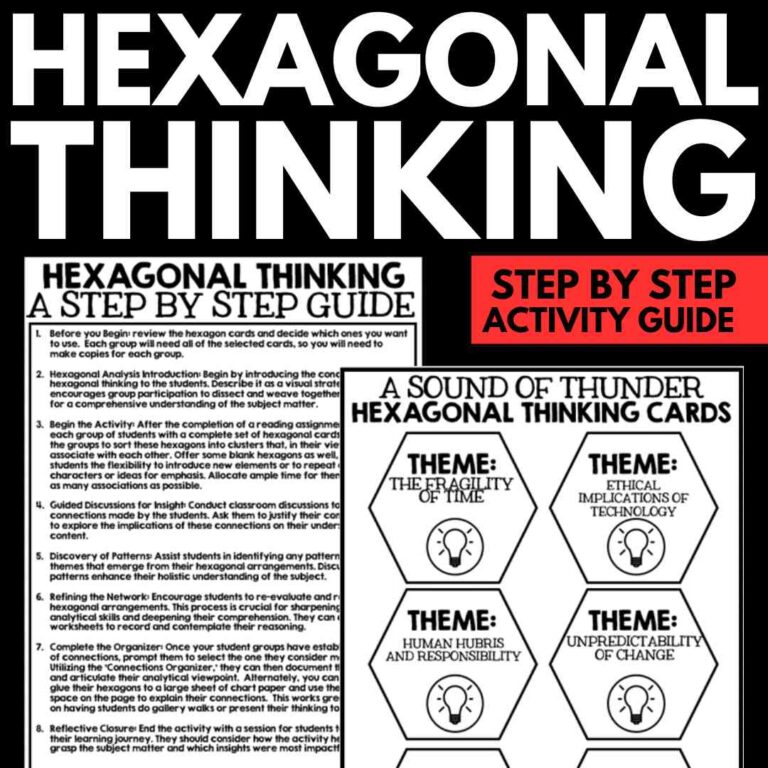Teaching Inferring with Bad Day at River Bend
By MARISSA DESPINS Updated Feb 20, 2024
Teaching Inferring
Welcome to the latest post in my series on ELA mini lessons. With these posts I hope to provide you with easy to implement mini lessons that you can use immediately in your classroom. Today I plan to share a mini lesson for teaching inferring in a fun and engaging way.
Looking for some FREE resources for teaching key reading strategies like inferring? Click on the image or button below!
For additional information about reading strategies, you may want to check out our guide to building reading comprehension strategies!
(This post contain affiliate links which means I make a small commission if you make a purchase, at no additional cost to you. Thank you for your support!)
Why is teaching Inferring important?
Inferring is a super important skill for students to practice. It is arguably the most important reading skill. It leads to deeper understanding of complex concepts like character, symbolism, and theme.
For additional information about inferring, check out this post where we go into detail about this key reading strategy.
Teaching Inferring with Bad Day at River Bend
A favorite picture book to work on the skill of inferring with students is Bad Day at Riverbend by the great Chris Van Allsburg. Like most picture books by this author, the illustrations in this book are absolutely gorgeous. The story itself is super engaging. It has a fun twist that works perfecting for teaching inferring.
You can grab a copy of this picture book on Amazon by clicking here.
Picture book read aloud activity
The first thing I do when I teach this lesson is take the book jacket off of the book. Underneath the jacket is a plain green cover. This is important because you don’t want to give away any clues about the story through the illustrations. As you can see from the image below, the cover is a major spoiler!
To begin, I pass each student out a blank sheet of paper. Then, I ask them to make inferences about who they think the visitor to Riverbend is. After, I ask them to listen very carefully to to the text, and draw and label a picture of the visitor based only on the clues given in the text. Finally, I read the text aloud to the class (without showing any pictures).
This lesson isn’t only amazing for teaching inferring. In addition, this is a fantastic activity to practice important visualization skills. Students must form pictures about the story in their heads, and then transfer those images to paper. Labeling is key here. Having the opportunity to label their pictures takes a lot of the stress away from those learners who struggle with artistic representation. By labeling, they are able to get their ideas across clearly, even if their artistic skills are limited.
The story follows a sheriff at an old west town. One day a visitor appears, covering the town and its inhabitants in greasy colorful stripes. Eventually, the sheriff is forced to form a posse. They head out to discover who the villain is, and stop him in his tracks.
The villain is described as tall and skinny.
As the story progresses, more and more clues are presented through the images. Eventually it is revealed that Riverbend is in fact a town in a child’s coloring book.
Class Discussion and Reflection
After I have read the text aloud, I choose a few students to come forward and share the images they have drawn of the visitor. This makes for interesting dsicussion, as they have not been provided with all of the evidence (the illustrations). As a result, their pictures are universally inaccurate. For some reason, they often draw the “greasy stripes”, and even the visitor himself, as some sort of slimy green goo. After pictures are shared, I ask them questions about why they included particular details in their drawings. We discuss the clues that led them to draw the visitor in their particular way.
Their shared images make for great class discussion about how we need to read a text very carefully in order to make a successful inference. Also, it demonstrates the importance of being given all of the clues in the first place. Students discover that being denied access to the images is like trying complete a puzzle with a missing piece.
The surprise on their faces when they uncover the mystery of this engaging story is reason enough to teach this fun lesson. I hope it inspires you to pick up a copy of Bad Day at Riverbend and try this activity out with your own class!
Grab a copy of the book on Amazon by clicking here.
Do you struggle with keeping kids on task during a class read aloud? You won’t want to miss our post on keeping students accountable during a class read aloud!
Looking for more activities for teaching Inferring?
Click on the image below to check out these fun Reading Comprehension posters on my Teachers Pay Teachers store. I love using these posters for practicing inferring, as well as other key reading strategies like determining importance, visualizing, and questioning. These pages can be used with any text, making them super easy to work in to your lessons. Students infer to answer the questions, then color up the cute clip art. These make gorgeous bulletin board displays or interactive notebook additions!
For more information about this key reading strategy, check out this post all about inferring!
Interested in checking out my previous Mini Lesson posts?
Click on one of the links below to read the other Mini Lesson ideas from the blog!
Interested in signing up for my email list?
If you are interested in signing up for my email list, you can do so by clicking on the link below. I periodically send out emails with free resources, teaching tips, and exclusive deals. Signing up will also give you immediate access to some of my best selling Interactive Notebook resources – foldables, graphic organizers, and other fun activities.













